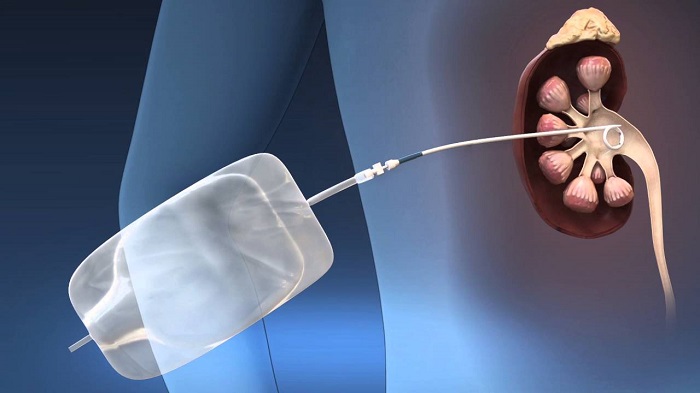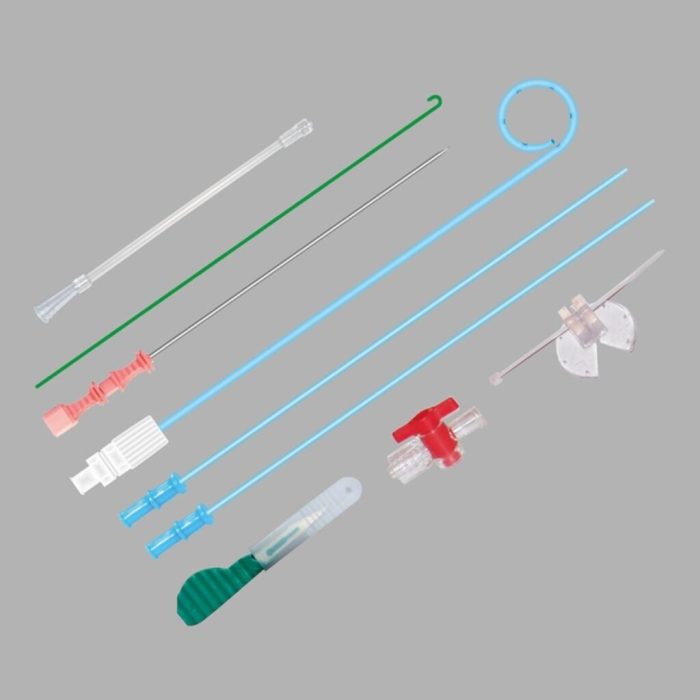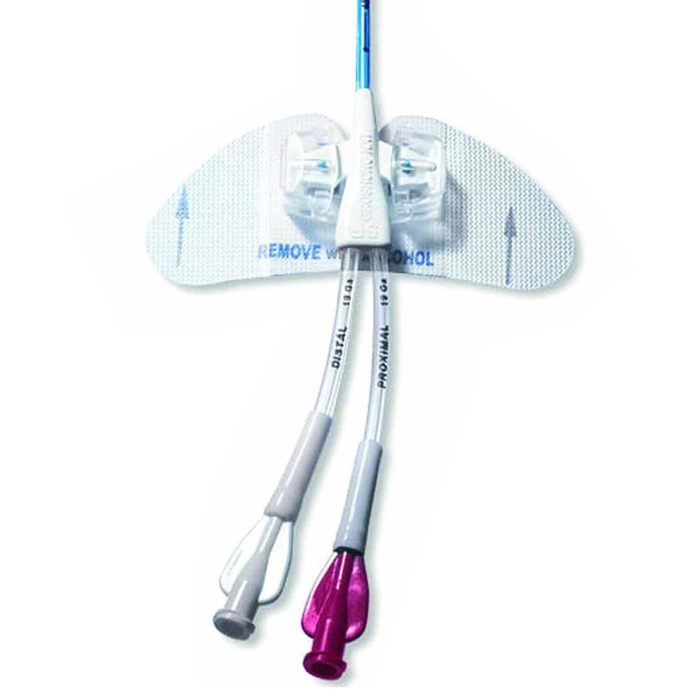Stat locks for nephrostomy tubes play a pivotal role in maintaining tube security and preventing complications in patients undergoing percutaneous nephrostomy. These innovative devices offer numerous advantages over traditional methods, ensuring optimal patient care and minimizing risks associated with tube displacement.
This comprehensive guide delves into the various types of stat locks, their applications, proper placement techniques, troubleshooting tips, and safety considerations. By providing a thorough understanding of these essential devices, healthcare professionals can enhance their knowledge and skills, leading to improved patient outcomes.
1. Definition of Stat Locks for Nephrostomy Tubes

Stat locks, also known as one-way valves, are medical devices designed to secure nephrostomy tubes, which are tubes inserted into the kidney to drain urine.
They play a crucial role in maintaining the patency of nephrostomy tubes and preventing urine leakage, ensuring the proper functioning of the drainage system.
Stat locks are typically constructed from materials such as silicone or polyurethane, which are biocompatible and resistant to urine degradation.
2. Types of Stat Locks for Nephrostomy Tubes

- Cone-shaped stat locks:These are the most common type, featuring a cone-shaped design that fits snugly into the nephrostomy tube.
- Mushroom-shaped stat locks:These have a mushroom-shaped head that provides a larger surface area for securing the tube.
- T-shaped stat locks:These have a T-shaped design that allows for easy manipulation and securement.
Each type has its own advantages and disadvantages, and the choice depends on factors such as the size and type of nephrostomy tube, patient anatomy, and surgeon preference.
3. Placement and Use of Stat Locks for Nephrostomy Tubes
Stat locks are placed on the nephrostomy tube after it has been inserted into the kidney.
The tube is typically secured with a suture or other fixation device, and the stat lock is then attached to the tube using a locking mechanism.
Proper placement and technique are crucial to ensure the effectiveness and safety of the stat lock.
4. Troubleshooting Stat Locks for Nephrostomy Tubes

- Leakage:This can be caused by improper placement, damage to the stat lock, or blockages in the nephrostomy tube.
- Dislodgement:This can occur if the stat lock is not properly secured or if the patient experiences excessive movement.
- Infection:Stat locks can become a source of infection if they are not properly cleaned and maintained.
Troubleshooting involves identifying the cause of the problem and implementing appropriate solutions, such as repositioning the stat lock, replacing it, or addressing underlying medical conditions.
5. Comparison of Stat Locks with Other Methods
Alternative methods for securing nephrostomy tubes include:
- Suture ligation:This involves tying the nephrostomy tube with a suture to secure it in place.
- Adhesive tape:This can be used to hold the tube in place, but it is less secure than stat locks.
Stat locks offer advantages such as ease of use, securement, and prevention of urine leakage, making them the preferred choice in most cases.
6. Safety Considerations for Stat Locks
- Skin irritation:The stat lock can cause skin irritation if it is not properly placed or if the patient has sensitive skin.
- Infection:As mentioned earlier, stat locks can become a source of infection if not properly maintained.
- Nephrostomy tube displacement:If the stat lock is not properly secured, it can lead to the displacement of the nephrostomy tube.
Proper placement, regular monitoring, and maintenance are essential to minimize these risks and ensure patient safety.
Expert Answers: Stat Locks For Nephrostomy Tubes
What are the different types of stat locks available?
Stat locks come in various designs, including push-button, sliding, and rotating mechanisms, each offering unique advantages and applications.
How should a stat lock be placed on a nephrostomy tube?
Proper placement involves cleaning the tube, applying the stat lock to the appropriate location, and ensuring a secure fit to prevent accidental dislodgement.
What are the potential complications associated with stat lock use?
Although stat locks are generally safe, potential complications include skin irritation, infection, and tube displacement if not used or maintained properly.